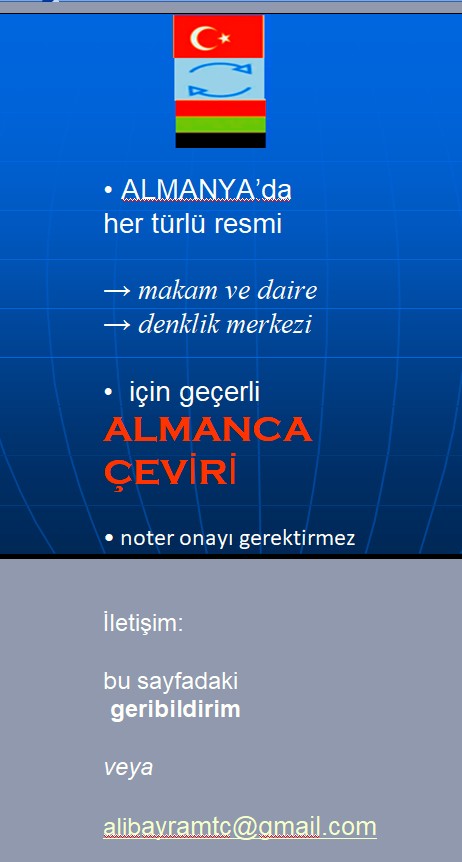vowel harmony
İngilizce - Türkçe
dilbilgisi / grammar
VOWEL HARMONY IN TURKISH
Vowel harmony is a significant linguistic feature in Turkish and several other Turkic languages. It's a phonological rule that determines how vowels in words harmonize or agree with each other in terms of their frontness or backness. In Turkish, there are two primary vowel harmony categories:
Front Vowels (e, i, ö, ü): These vowels are considered "front" because they are produced with the tongue positioned closer to the front of the mouth.
Back Vowels (a, ı, o, u): These vowels are considered "back" because they are produced with the tongue positioned closer to the back of the mouth.
The basic idea of vowel harmony in Turkish is that within a single word, all vowels must harmonize and be of the same type -either all front vowels or all back vowels. This rule helps words in Turkish to sound phonologically harmonious and pleasant.
For example, if you have a word with a back vowel in it, such as "araba" (car), you wouldn't mix it with a back vowel in the same word. Instead, you'd follow the harmony rules and use front vowels throughout, like "arabalar (cars). Here are some examples
1. Front vowels
a) ev = evi – eve – evde – evin; evler; ev mi?; ev de
üzüm = üzümü – üzüme – üzümde – üzümün; üzümler; üzüm mü?; üzüm de
ip = ipi – ipe – ipde – ipin; ipler; ip mi?; ip de
2. Back vowels
a) baş = başı – başa – başta – başın; başlar; baş mı?; baş da
burun = burunu – buruna – burunda – burunun; burunlar; burun mu?; burun da
top = topu – topa – topda – topun; toplar; top mu?; top da


